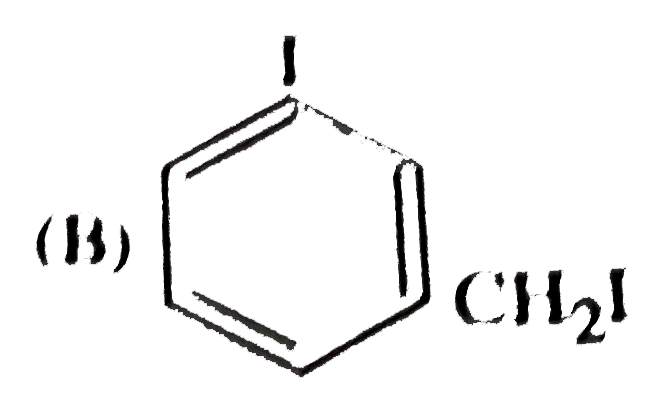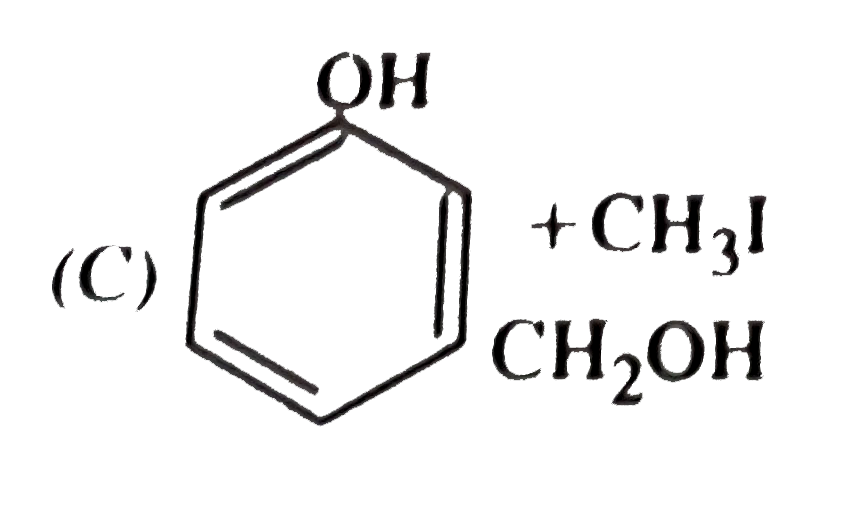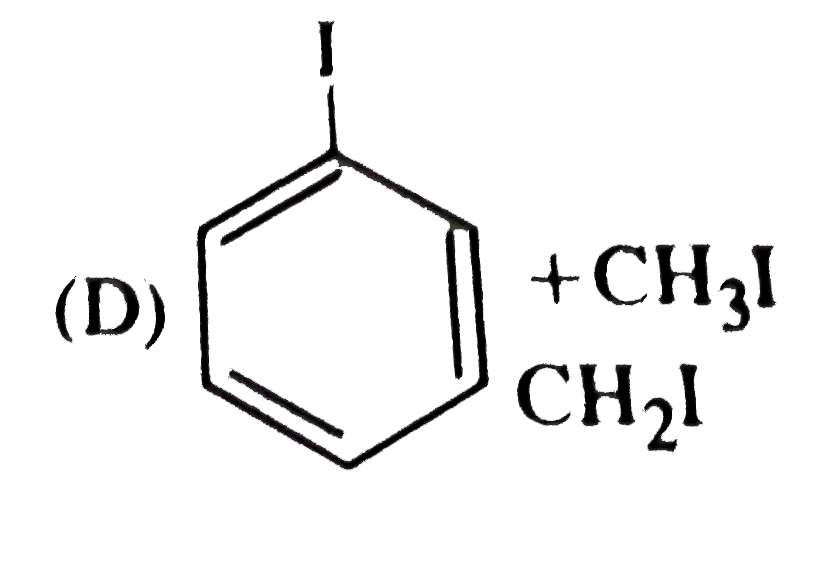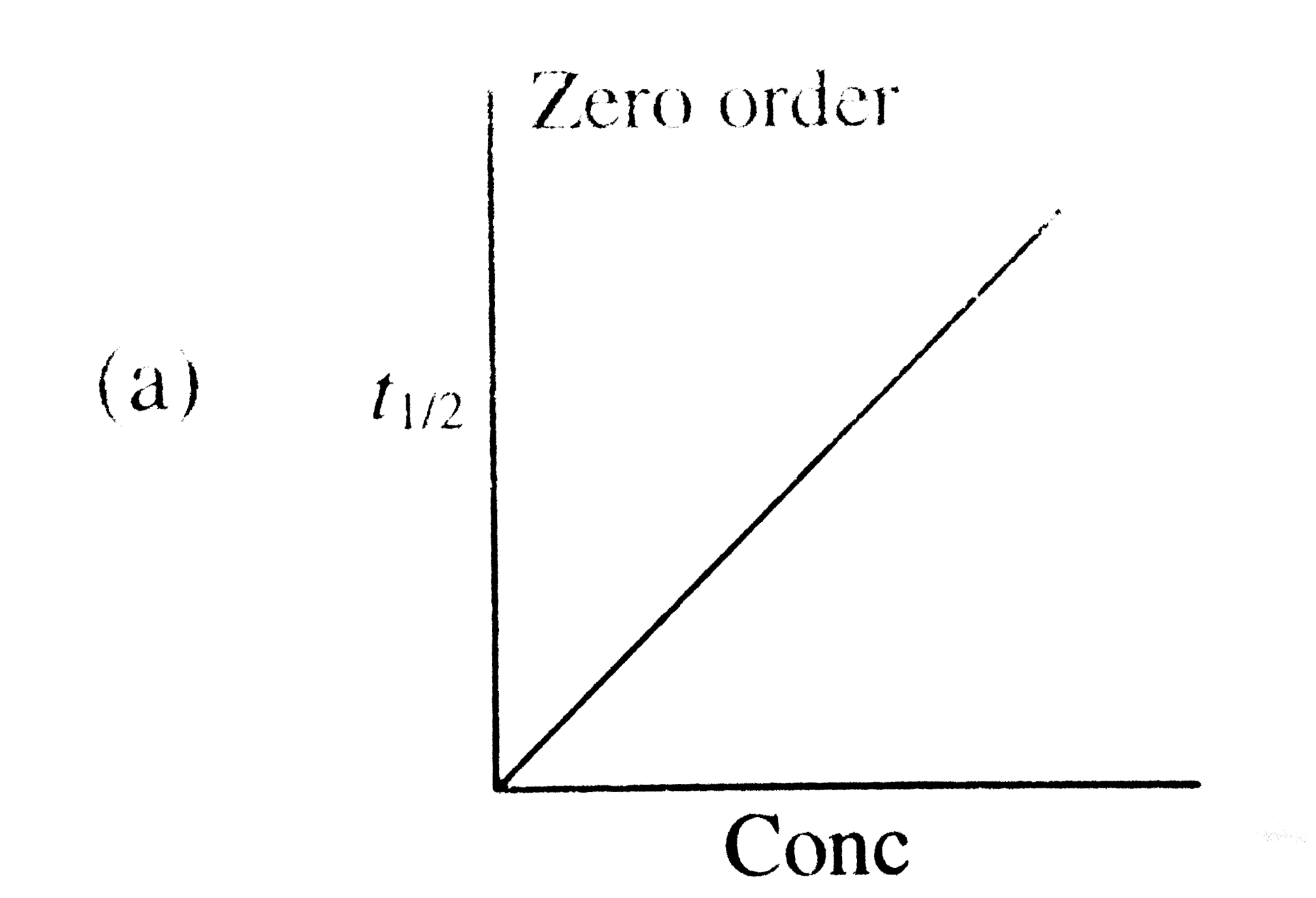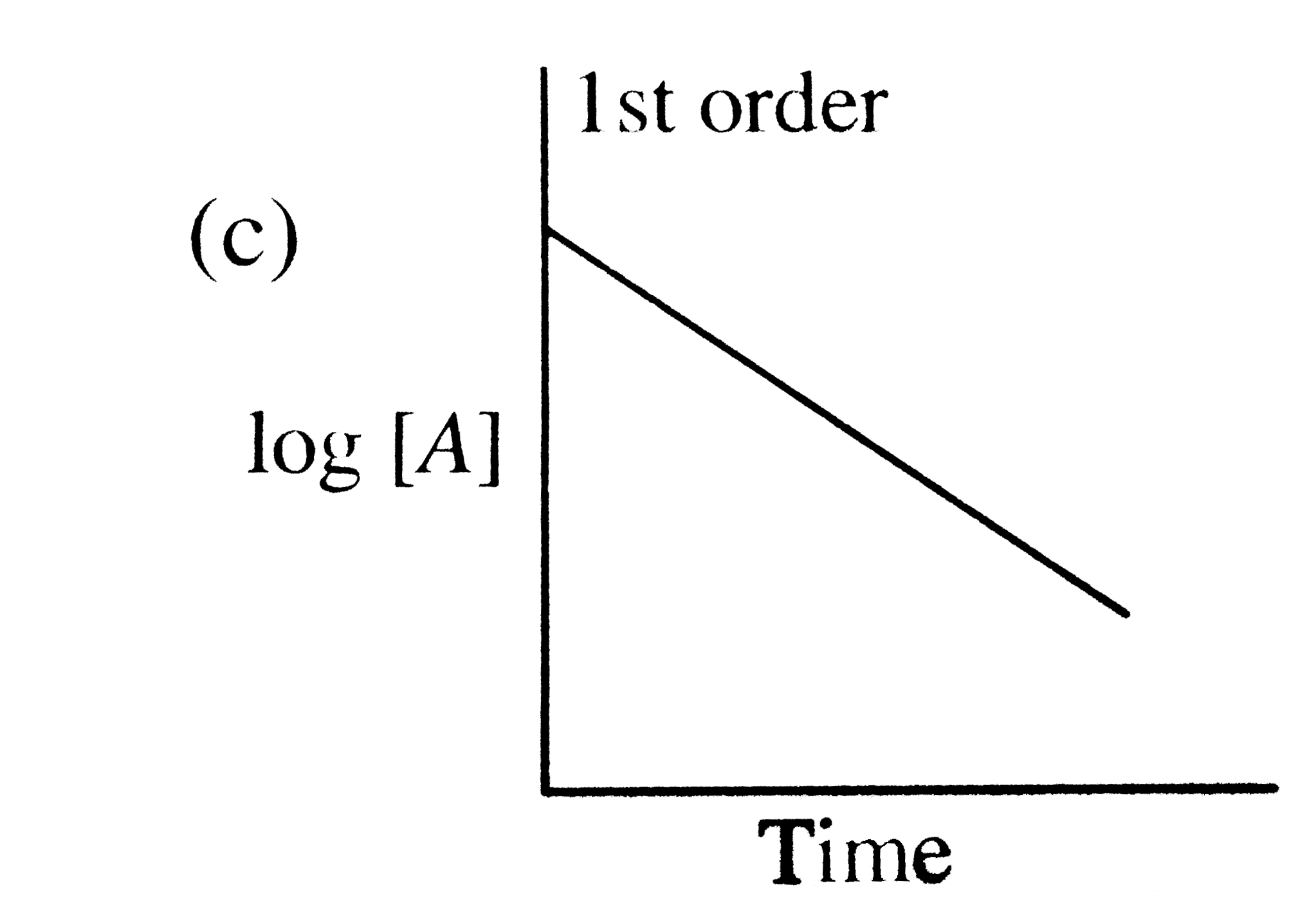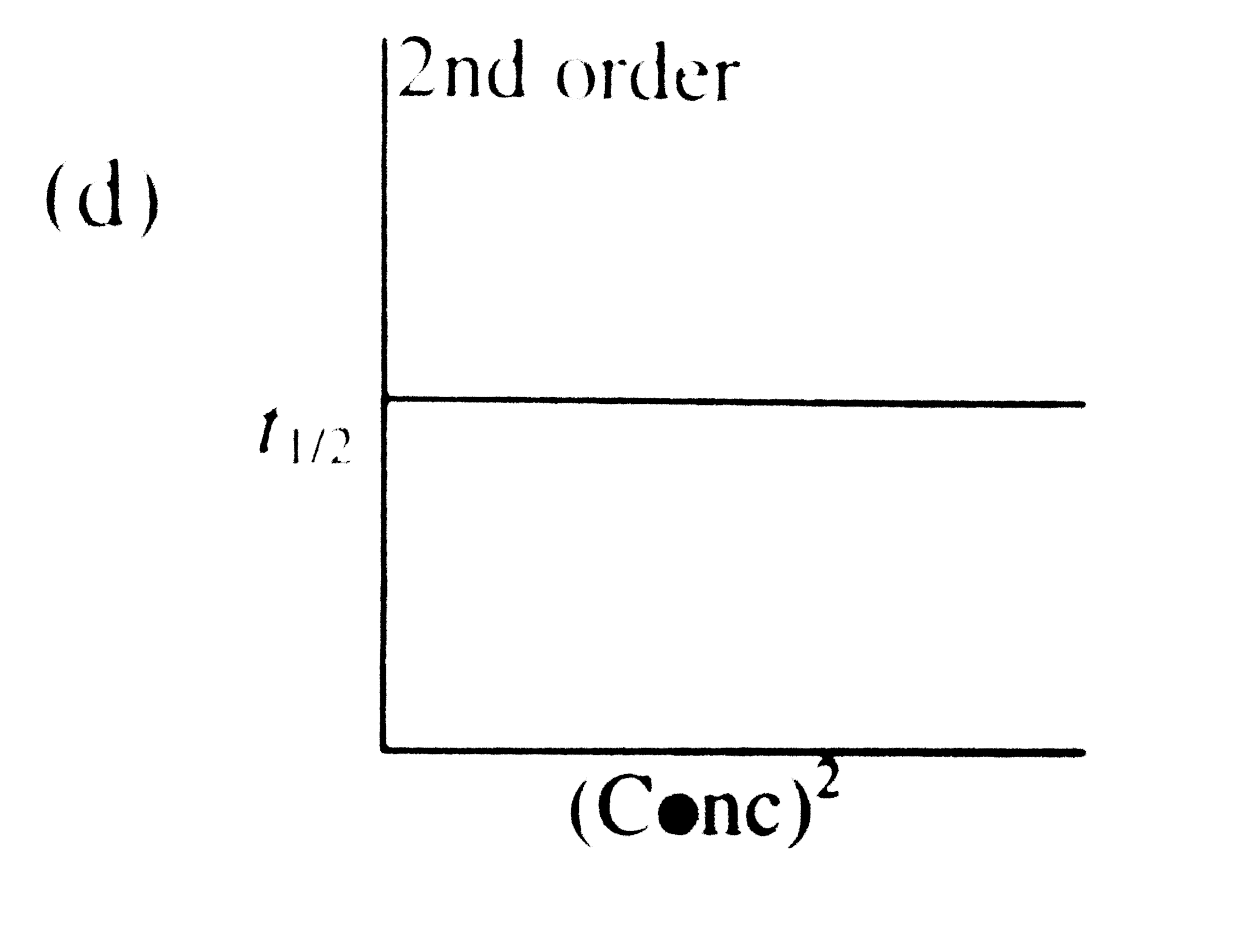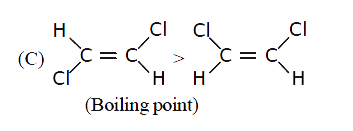Explore topic-wise InterviewSolutions in .
This section includes InterviewSolutions, each offering curated multiple-choice questions to sharpen your knowledge and support exam preparation. Choose a topic below to get started.
| 31401. |
The correct set of four quantum numbers for the outermost electron of sodium (Z=11) is |
|
Answer» `3,1,0,1/2` `:.n=3, l=0, m=0, s=+1/2` |
|
| 31402. |
The correct set of four quantum numbers for valence electrons of rubidium atom (Z=37) is |
|
Answer» `5, 0,0, + (1)/(2)` |
|
| 31403. |
The correct set of decreasing order of electronegativity is: |
|
Answer» `LI, H, NA` |
|
| 31404. |
The correct sequence of the melting points of 16 elements is |
|
Answer» `H_(2)S gt H_(2)O gt H_(2)Se gt H_(2)Te` |
|
| 31405. |
Thecorrect sequence of the atomic layers in cubic close packing is |
|
Answer» ABABA |
|
| 31406. |
The correct sequence of steps involved in the mechanism of cannizzaro's reaction is…….. |
|
Answer» Nucleophilic attack, transfer of `H^(-)` and transfer of `H^(+)` 
|
|
| 31407. |
The correct sequence of steps involved in the mechanism of Cannizzaro's reaction is ….. |
|
Answer» NUCLEOPHILIC ATTACK, transfer of `H^(-)` and transfer of `H^(+)` |
|
| 31408. |
The correct sequence of steps involved in the mechanism of Cannizzaro's reaction is |
|
Answer» NUCLEOPHILIC attack, transfer of `H^(-_` and transfer of `H^(+)` 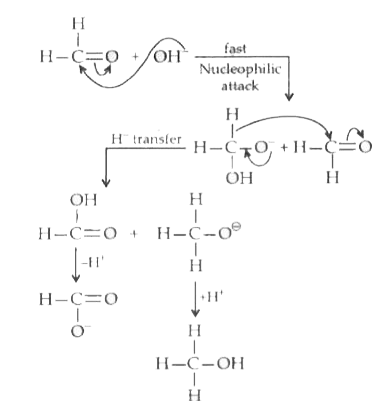
|
|
| 31409. |
The correct sequence of relatvie reactvityof following alkyl halides1CH_(3)CH_(2)Cl, 2 (CH_(3))_(2)CHCHl, 3 (CH_(3))_(3)C Cl |
|
Answer» `1 GT 2 gt 3` |
|
| 31410. |
The correct sequence of regents for the following conversion is: |
|
Answer» `overset(SOCl_(2))rarroverset(Ag)underset(H_(2)O)rarroverset(CH_(2)N_(2))RARR` |
|
| 31411. |
The correct sequence of reagents for the following conversion will be : |
|
Answer» `[AG(NH_(3))_(2)]^(+)OH^(-), H^(+)//CH_(3)OH, CH_(3)MgBr`  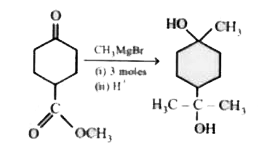
|
|
| 31412. |
The correct sequence of reagents for the following conversion is |
|
Answer» `OVERSET(SOCl_2)tooverset(AG)UNDERSET(H_2O)tooverset(CH_2N_2)to` 
|
|
| 31413. |
The correct sequence of reactions to convert p-nitrophenol into quinol involves |
|
Answer» REDUCTION, DIAZOTISATION and hydrolysis 
|
|
| 31414. |
The correct sequence of reactions to convert p-nitrophenol in to quinol involves |
|
Answer» REDUCTION, DIAZOTIZATION and HYDROLYSIS 
|
|
| 31415. |
The correct sequence of polarity of the following molecule (1)Benzene(2)Inorganci Benzene (3)PCl_(3)F_(2)(4)PCl_(2)F_(3) |
Answer» 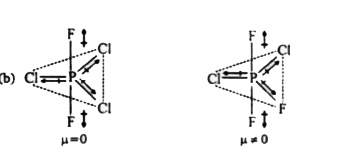 In sheet SILICATES although one `SiO_(4)^(4-)` tetrahedron is linked to other three tetrahedrons but the LAYER/ sheet OBTAINED in not planar, as fourthoxgyen atom is projecting away from sheet. |
|
| 31416. |
The correct sequence of reactions to be performed to convert benzene into m-bromoaniline is |
|
Answer» NITRATION, REDUCTION, BROMINATION 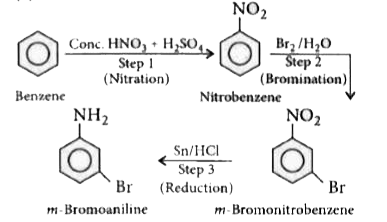
|
|
| 31417. |
The correct sequence of reaction to convert p-nitrophenol into quinol involves |
|
Answer» A) REDUCTION, DIAZOTIZATION and HYDROLYSIS 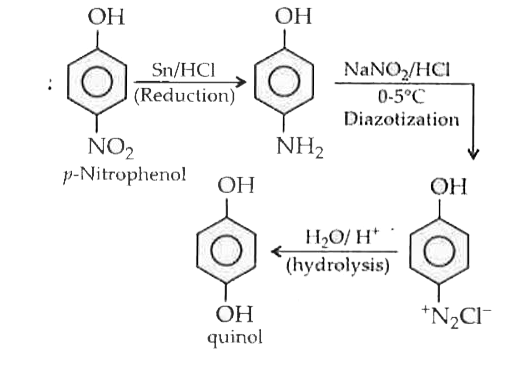
|
|
| 31418. |
The correct sequence of increasing covalent character is represented by |
|
Answer» `LiClltNaClltBeCl_(2)` |
|
| 31419. |
The correct sequence in decreasing order of the precentage of nitrogen in the given compounds is |
|
Answer» Urea GT AMMONIUM chloride gt ammonium nitrate gt Ammonium nitrite `NH_(2) CONH_(2) gt NH_(4)NO_(2) gt NH_(4)NO_(2) gt NH_(4)Cl` |
|
| 31420. |
The correct sequence for activationg power of a group in benzene is |
|
Answer» `-NH_(2) GT - NHCOCH_(3) gt -CH_(3)` |
|
| 31421. |
The correct resonance strucuture(s) of p - nitrophenoxide is |
|
Answer»
 B, C are not RESONATING STRUCTURES |
|
| 31422. |
The correct representation of single carbene is |
|
Answer»
|
|
| 31423. |
The correct representation of Nernst equation is |
|
Answer» `E_(M^(n+)//M)=E_(M^(n+)//M)^(o)+(0.0591)/(n)LOG(M^(n+))` `E=E^(o)+(2.303RT)/(nF)log[M^(n+)]` Substituting the value of R,T (298K) and F we get `E=E^(o)+(0.0591)/(n)log(M^(n+))`. |
|
| 31424. |
The correct representation for solubility product of SnS_(2) is |
|
Answer» `[SN^(4+)] [S^(2-)]^(2)` `:. K_(sp) = [Sn^(4+)] [S^(2-)]^(2)`. |
|
| 31425. |
The correct relative rate of reaction of the given alkenes for any given electrophiles is |
|
Answer» I GT IIGT IV gt III |
|
| 31426. |
The correct representation for solubility product of SnS_2 is : |
|
Answer» `[SN^(4+)] [S^(2-)]^2` |
|
| 31427. |
The correct relationship between the boilingpoints of very dilute solution of AlCl_3(t_1) and CaCl_2(t_2), having the same molar concentration , as : |
|
Answer» `t_1 = t_2` |
|
| 31428. |
The correct relationships among the following are : |
|
Answer» `E_("cell") = (RT)/(nF)InF` |
|
| 31429. |
The correct relationship between molarity (M) and molality (m) is ( d = density of the solution, in "kg L"^(-1),M_(2)= molar mass of the solute in "kg mol"^(-1)) |
|
Answer» `M=(MD)/(1+nM_(2))` Mass of solute =`MM_(2)` kg (`M_(2)` = molar mass of the solute in kg `"mol"^(-1)`). Hence, mass of solvent `=(d-MM_(2))kg` `therefore"MOLALITY (m)"=(M)/(d-MM_(2))` `"or"m(d-MM_(2))=M"or"md-mMM_(2)=M` `"orM"(1+mM_(2))=md "or"M=(md)/(1+mM_(2))` |
|
| 31430. |
The correct relationship between free energy change in a reaction and the corresponding equilibrium constant K_c is |
|
Answer» `DELTA G = RT LN K_c` |
|
| 31431. |
The correct relationship between free energy change in a reaction and the corresponding equilibrium constant K_(c) is |
|
Answer» `DELTAG=RTlnK_(C)` |
|
| 31432. |
The correct relationship betweenfree energychange in a reaction and the correspondingequilibrium constantK is |
|
Answer» `-DELTAG^(@)= RT LN K` |
|
| 31433. |
The correct relation for hydrolysis constant of NH_4CN is : |
|
Answer» `SQRT(K_w/K_a)` |
|
| 31434. |
The correct relation between hydrolysis constant (K_(b)) and degree of hydrolysis (alpha) for the following equilibrium is |
|
Answer» `alpha = sqrt((K_(W).C)/(K_(a)))` `K_(h) = (K_(w))/(K_(a))` `h = sqrt((K_(h))/(c))` `h = sqrt((K_(w))/(K_(a)c))` |
|
| 31435. |
The correct relation between compound(s) I and II is/are |
|
Answer» identical. |
|
| 31436. |
The correct relation between equilibrium constant (K), standard free energy (DeltaG^(@)) and temperature (T) is |
|
Answer» `DELTAG^(@)=RT LNK` |
|
| 31437. |
The correct realtionship between free energy change in a reaction and the corresponding equilibrium constant K_(C)is |
|
Answer» `DeltaG^(@) = RT LN K_(C)` |
|
| 31438. |
The correct reactivity order with the nucleophile is : |
|
Answer» `CH_(3)COClgtCH_(3)CONH_(2)gtCH_(3)COOCH_(3)` |
|
| 31439. |
The correct reaction between elevation of boiling point and molar of solute is |
|
Answer» `M_(2) = (K_(b).W_(2))/(DeltaT_(b).W_(1))` HENCE, `M_(2) = (K_(b) xx W_(2))/(DeltaT_(b) xx W_(1))` |
|
| 31440. |
The correct reaction for Hofmann mustard oil reaction is |
|
Answer» `RNH_2 + COCl_2 to ` RNHCONHR + 2HCl |
|
| 31441. |
The correct products of the following reactions |
|
Answer»
|
|
| 31442. |
The correct plots among the following are |
|
Answer»
|
|
| 31443. |
The correct oxidation state of sulphur atoms in H_(2)S_(2)O_(3) is / are |
|
Answer» `+6, -2` |
|
| 31444. |
The correct orders of reactivity tow ards S_N1 reaction is |
|
Answer» `I gt II gt III` |
|
| 31445. |
The correct orderof decreasing secondionization enthalpy of Ti(22),V(23), Cr(24)and Mn(25) is |
|
Answer» `Cr gt Mn gt V gt TI` `Cr= [Ar]^(18) 3d^(5) 4s^(1) ,Mn= [ Ar]^(18) 3d^(5) 4s^(2)`. Their effective nuclear charges increase from Ti to Mn, THEREFORE, their 1ST ionization enthalpies increase in the same ORDER, i.e., `Mn gt Cr gt V gt Ti`. However,after the removalof 1st electron,Cr acquiresstable`3d^(5)` configuration. Hence,it shows exceptional behaviour and has very high 2nd ionization enthalpy. For the remaining elements, the trend remains the same.Thus, 2nd ionization enthalpies will be in the order `:` `Cr gt Mn gt V gt Ti`. |
|
| 31446. |
The correct order towards bond length is |
|
Answer» `C-C LT C =C lt C` `-=``C` |
|
| 31447. |
The correct order to decreasing acidic strength of oxyacids of group 15 is: |
|
Answer» `HNO_3 GT H_3SbO_4 gt H_3AsO_4 gt H_3SbO_4 gt HNO_3` |
|
| 31449. |
The correct order/s for the given pair of isomers is |
|
Answer»
|
|
| 31450. |
The correct order regarding the solubility of alkaline earth metals halides in water is: |
|
Answer» `BaCl_2 GT MgCl_2 gt CaCl_2 gt SrCl_2 gt BeCl_2` |
|









